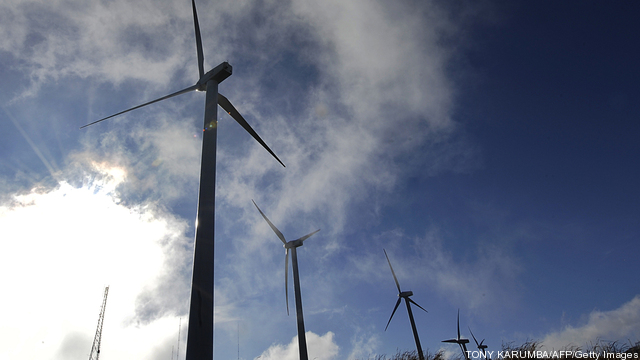
Hundreds of millions of federal dollars from a flagship clean energy grant program were awarded to projects that were well under way before Barack Obama was inaugurated, despite the aim of the 1603 grant program to “primarily” stimulate new projects.
“When the financial crisis hit many developers found that they didn’t have the tax liability that would allow them to claim the credits, so the program was developed to offer an alternative way to continue to incentivize renewable energy development,” a Treasury spokeswoman said. “So, the 1603 program was primarily meant to incentivize new renewable energy projects, but it also supported some existing investments.” Keep reading →


